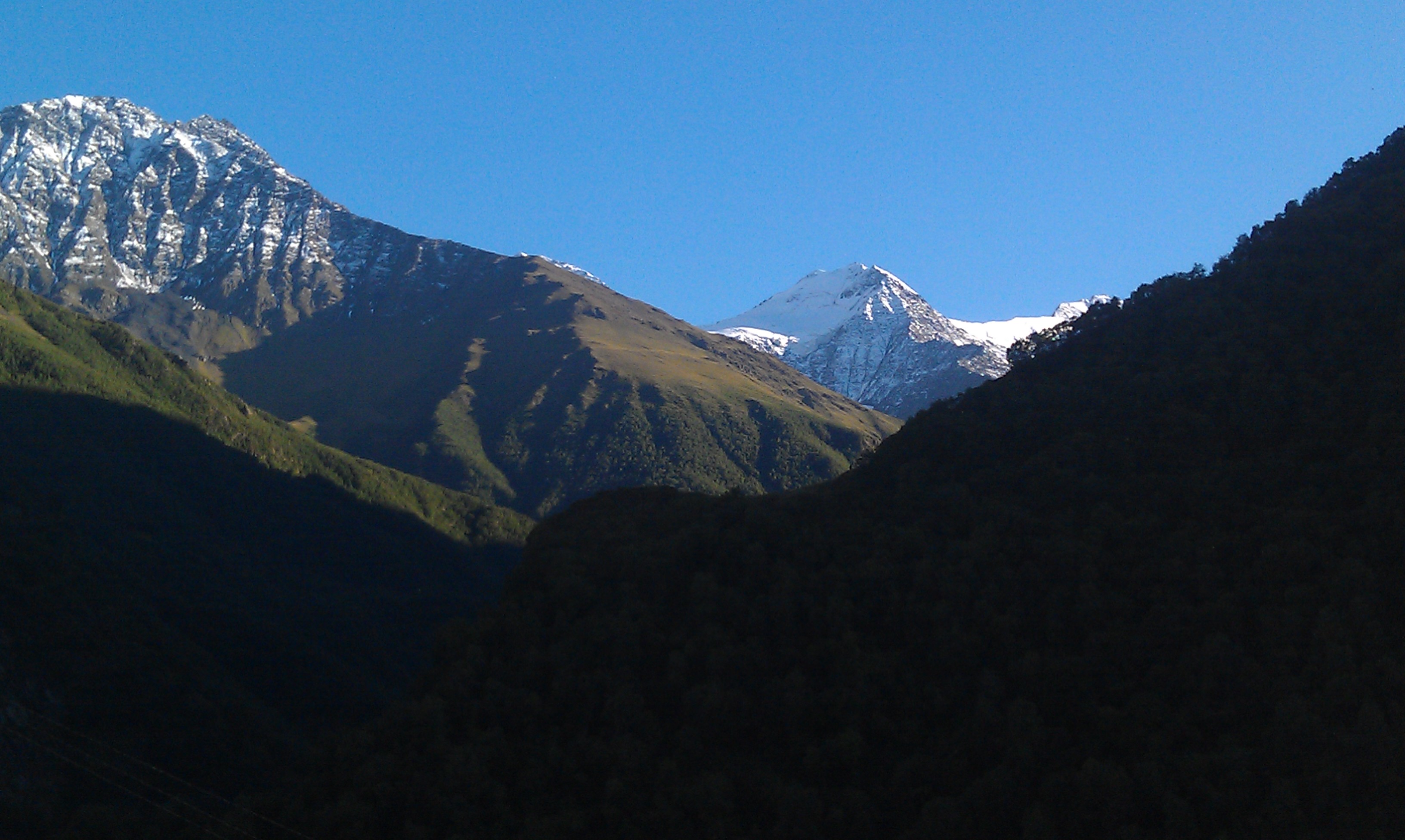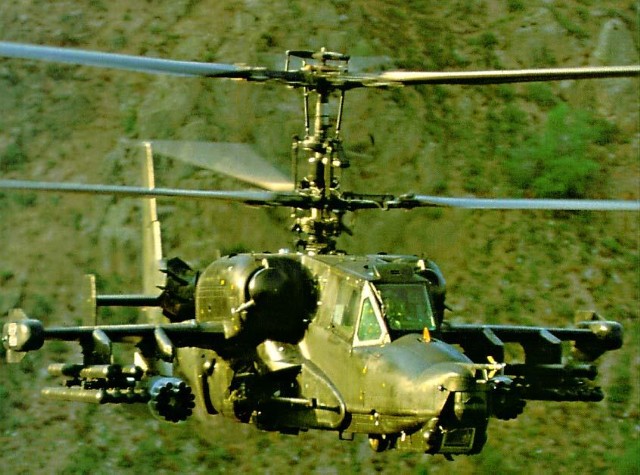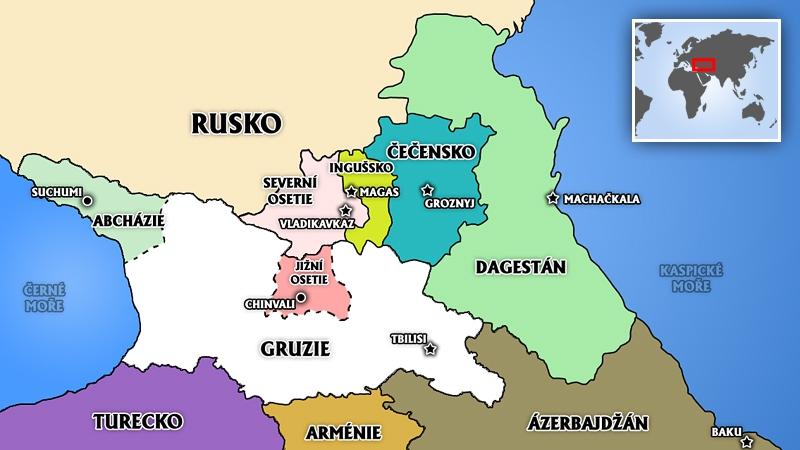
Chechnya
After the dissolution of the Soviet Union in 1991, the Checheno-Ingush ASSR split into two parts: the Republic of Ingushetia and the Chechen Republic. The latter proclaimed the Chechen Republic of Ichkeria, which sought independence, while the former sided with Russia. Following the First Chechen War of 1994–1996 with Russia, Chechnya gained de facto independence as the Chechen Republic of Ichkeria, although de jure it remained a part of Russia. Russian federal control was restored in the Second Chechen War of 1999–2009, with Chechen politics being dominated by a former rebel Akhmad Kadyrov (and later his son Ramzan Kadyrov).



